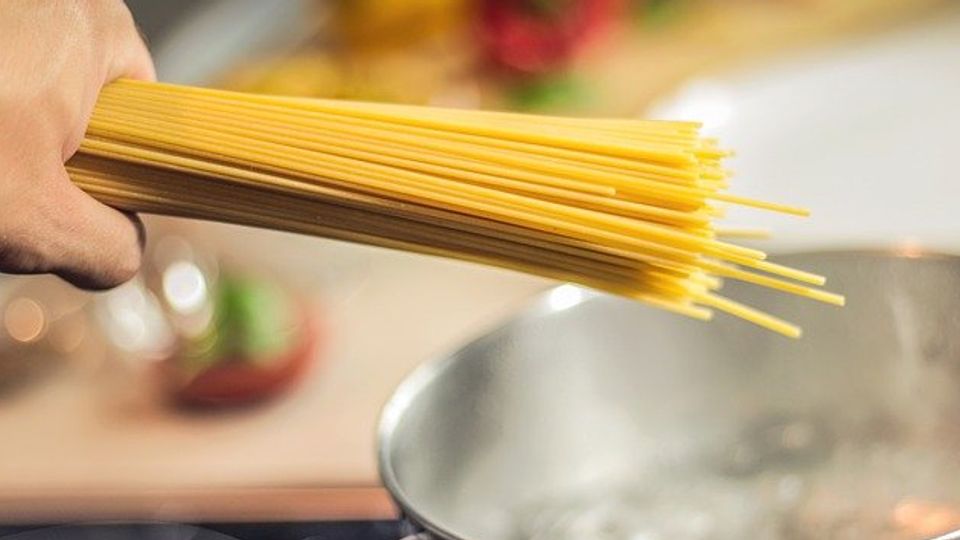Physics and a Ruler Could Give You Perfectly Cooked Pasta

Complete the form below to unlock access to ALL audio articles.
Multitudes of amateur chefs will soon enjoy perfect al dente pasta and cleaner kitchen walls, as new research shows how measurements with a ruler—not the mythologized throwing against the nearest vertical surface—may be the best way to confirm when pasta is fully cooked.
In their presentation at the American Physical Society Meeting: Science Al dente: Elastocapillarity and swelling of cooked pasta, MechSE assistant professor Sameh Tawfick and his research team have utilized fundamental physical principles and conclusions, using a ruler to measure the stiction distance between two vertically hanging pasta to gauge their cooking status.
In a manuscript, they describe several aspects of pasta noodle physics as a function of cooking. As the title describes, it builds up systematic experiments and simple theory that first cover swelling, modulus changes, and finally elastocapillarity as a method to gauge the stiffness and hence the cooked texture.
The researchers theoretically and experimentally investigate the swelling and softening of pasta due to liquid imbibition, as well as the elastic deformation and adhesion of pasta due to capillary force. As water diffuses into the pasta during cooking, it softens gradually from the outside inward as starch swells.
Reference: Hwang J, Ha J, Siu R, Kim YS, Tawfick S. Swelling, Softening and Elastocapillary Adhesion of Cooked Pasta. Published online January 24, 2022. doi:10.48550/arXiv.2201.09621
This article has been republished from the following materials. Note: material may have been edited for length and content. For further information, please contact the cited source.

